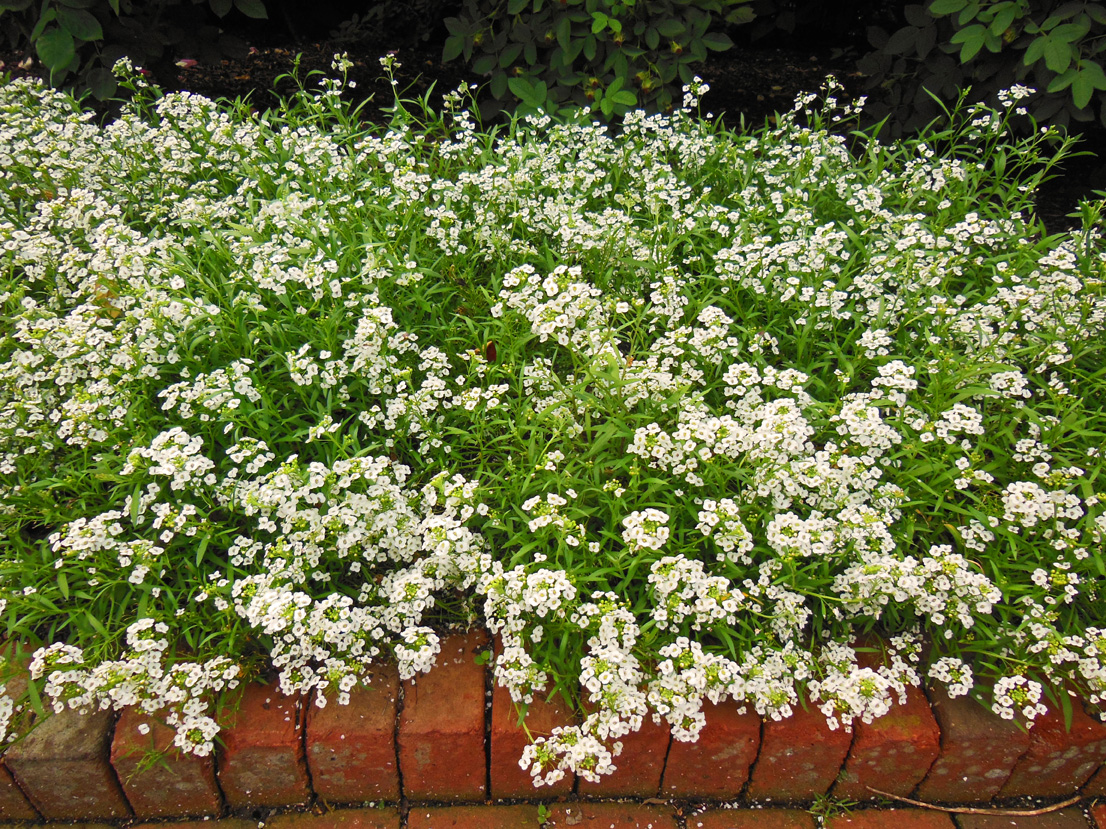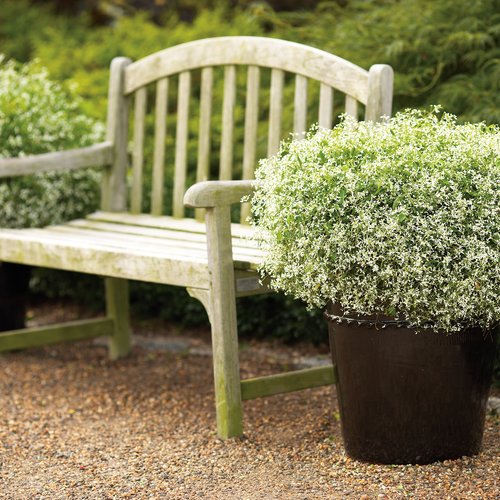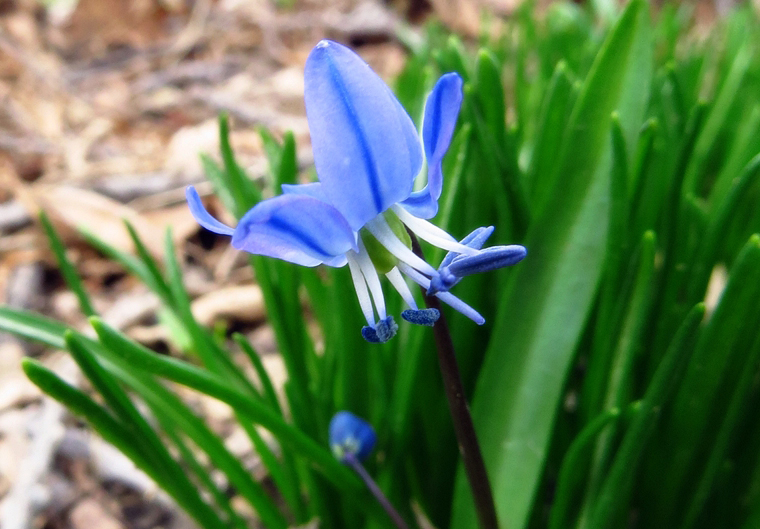Sweet Alyssum Growing Tips

Alyssum Growing Tips
Seemingly dainty Alyssum, or Lobularia maritima, is actually a tough little annual plant known for its explosive flower power. Reseeding is common with alyssum, so plants that flower early could easily spread by the end of the season. Flowers perform best in cool weather conditions and have a wonderfully sweet scent that attracts beneficial pollinators. Because alyssum has a mounding nature, it functions as a superb edger and the perfect filler in annual and perennial beds. Below is an excerpt from the Illinois Getting Started Garden Guide which can help you get started with this sweet flowering annual.
Alyssum plants make excellent rock garden specimens as well, surviving brief periods of drought. They look fabulous spilling out of window boxes and container gardens. Alyssum is edible and tastes slightly like kale. Its flowers look very attractive sprinkled in salads, desserts, and even frozen in ice cubes for cocktails.
- Alyssum botanical name — Lobularia maritima
- Bloom Period and Seasonal Color — Spring, summer, and fall blooms; white, yellow, pink, rose, violet, and lilac
- Mature Height × Spread — 4 to 8 inches × 6 to 12 inches
- Added Benefits – Edible, Attracts Beneficial Insects, Attracts Hummingbirds
- Sun Requirements – Sun, Part Sun, Part Shade
When, Where, and How to Plant
Alyssum is an annual and killed by a heavy frost, so plant a seed in spring and summer after your last frost. It favors cool weather, and it prefers sun or part sun locations with good drainage, although it will adapt to part shade and continue to flower. Its seeds need light to germinate, so sow seeds on top of the soil, then water gently until rooted to prevent seeds from washing away. Or start indoors four weeks before planting outside. Be sure to amend the soil according to soil testing results before planting seeds or baby plants.
Alyssum Growing Tips
Water plants regularly for the first week. After the initial week, water as you would the other annuals in your garden. Fertilize once per month with a liquid organic fertilizer to see stronger plant performance. If plants get leggy, simply shear back their growth with clippers; they will grow fresh flowers.
Known as a low-maintenance annual, deadheading alyssum is not typically needed. Alyssum will grow well in clay and sand but do better with organic matter added to the soil. Plants grown in shadier conditions might be prone to powdery mildew, which can be treated with an organic fungicide.
Companion Planting and Design
Alyssum is easy to grow, and the plants make a wonderful living mulch as they keep soil cool and attract beneficial insects which will stay for the
companion plants. Planting the flowers in between roses, perennials, and even vegetable rows helps keep pests off the companion plantings. Good
companion plants include roses, geraniums, zinnias, and edible ornamental vegetables such as kale, cabbage, and Swiss chard.
If you would like more ideas on how to grow all types of plants, particularly in the Midwest, please pick up my book, the Illinois Getting Started Garden Guide online or at a book store and jump into natural gardening.





One Comment